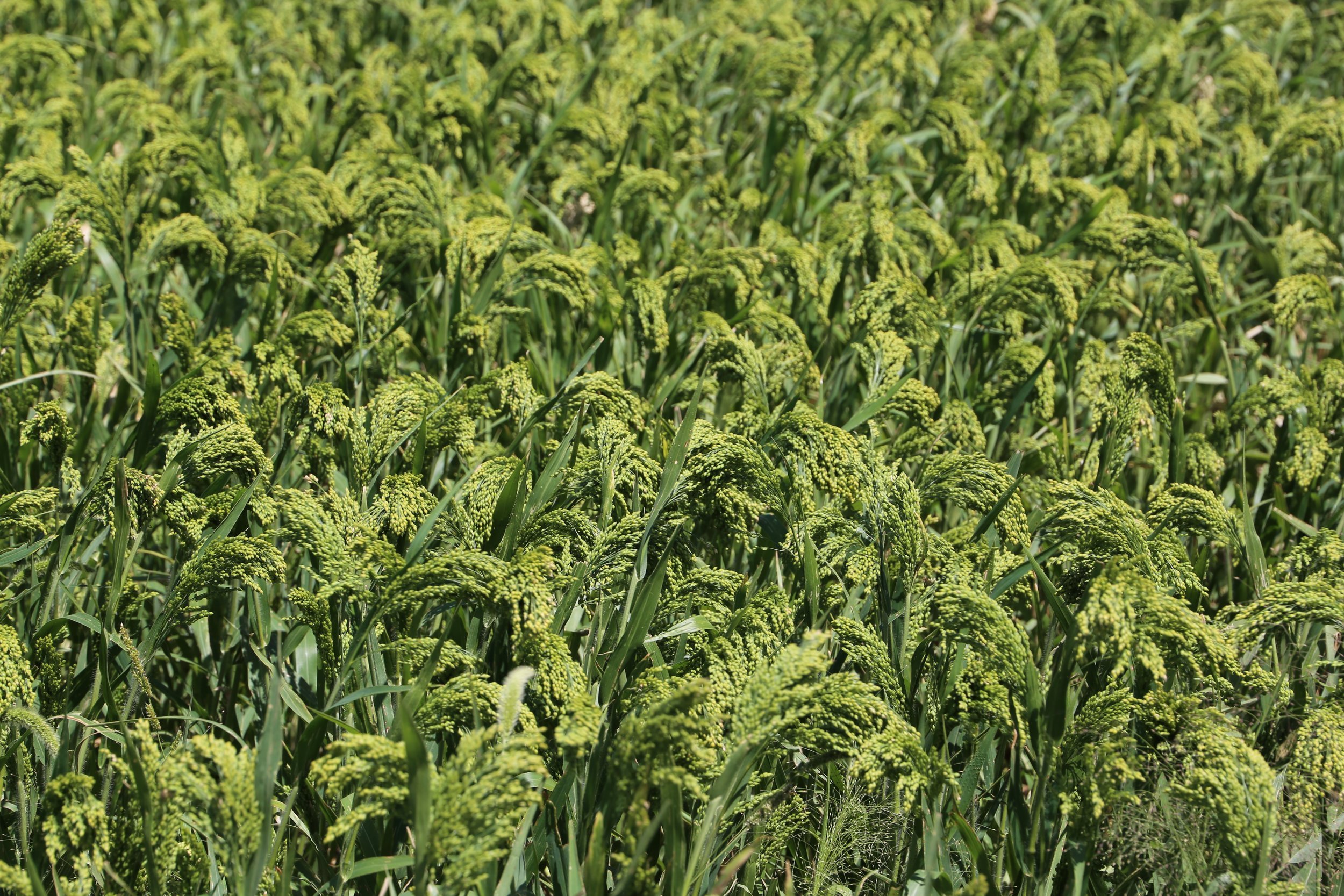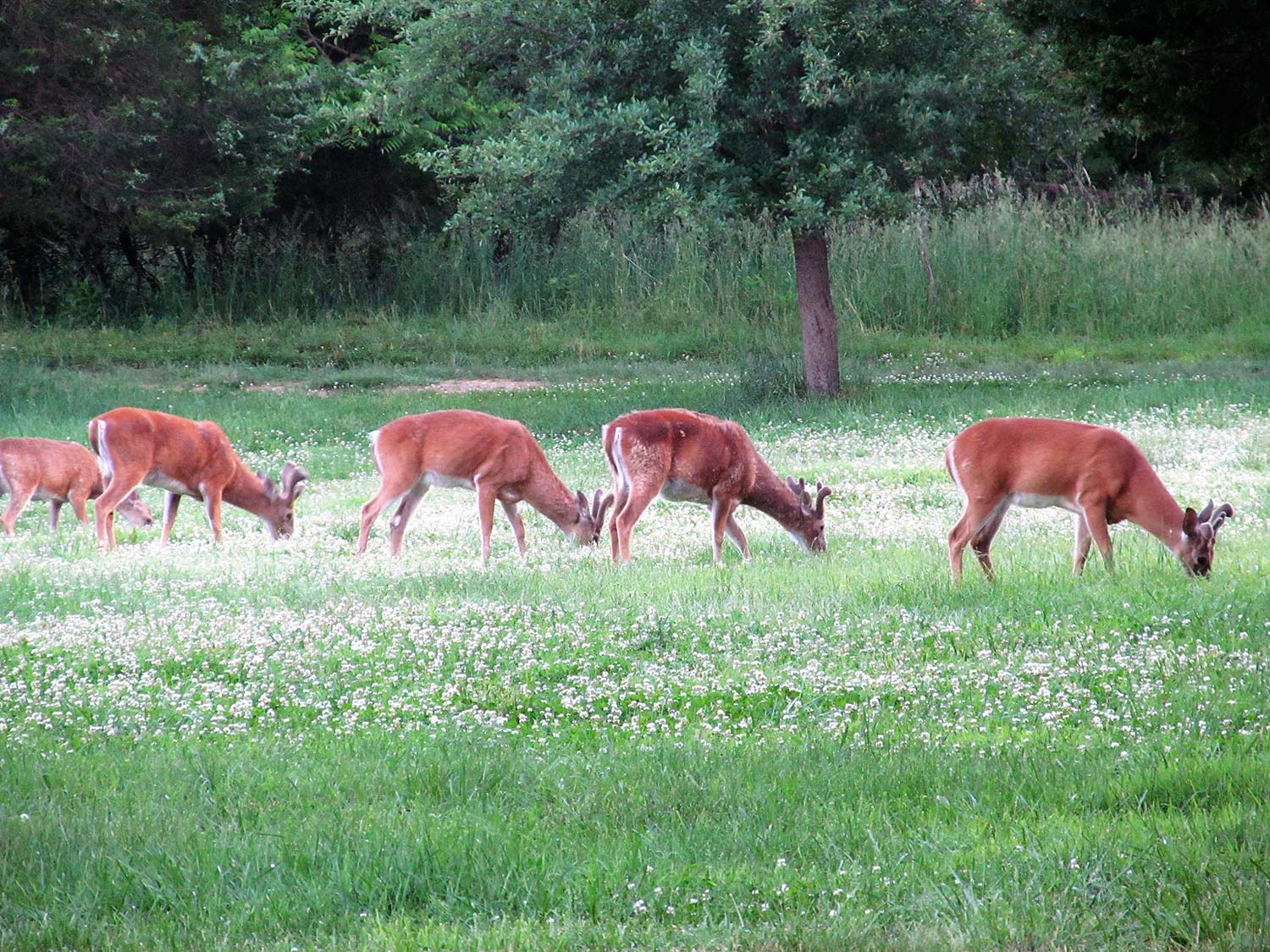
Creating a flourishing food plot isn’t just about scattering seeds and holding out for divine intervention. It requires smart planning, strategic execution, and a pledge to giving the most ideal habitat to natural life. Whether you’re a go to the website seasoned land manager or a beginner enthusiast, this step-by-step guide will assist you with cultivating success and establish a flourishing food plot.
- Site Choice:
Start by carefully choosing the location for your food plot. Assess the dirt quality, daylight openness, and drainage. Ideally, pick an area that gets adequate daylight, has well-draining soil, and is accessible to untamed life. Consider the vicinity to water sources and existing vegetation.
- Soil Preparation:
Prepare the dirt to create an optimal climate for seed germination and plant development. Lead a dirt test to decide its pH and supplement levels. Based on the outcomes, amend the dirt with lime or manure as required. Utilize appropriate hardware to work the dirt, breaking up compacted areas and creating a seedbed that allows for legitimate root improvement.
- Seed Determination:
Choosing the right seeds is a crucial step simultaneously. Think about the particular necessities of the untamed life in your area and the developing states of your plot. Popular decisions incorporate clover, chicory, soybeans, and various grains. Choose a different seed blend to give year-round sustenance and habitat variety for untamed life.
- Planting Methods:
Pick the planting strategy that best suits your chose seeds. For smaller seeds like clover, broadcasting by hand or utilizing a seed spreader is compelling. Larger seeds, like soybeans, may profit from accuracy planting with a drill or planter.
- Maintenance and Weed Control:
When your seeds are planted, it is essential to progressing maintenance. Monitor the plot regularly for indications of weed contest. Execute weed control measures, for example, cutting or spot spraying herbicides to guarantee the native plants have the most obvious opportunity to flourish. Regular maintenance adds to a healthier, more useful food plot.

- Watering and Irrigation:
Consider the water needs of your picked plants, especially during dry periods. While certain plants are dry season tolerant, others may profit from supplemental watering. Installing irrigation frameworks, for example, trickle lines or soaker hoses, can assist with guaranteeing steady dampness for optimal development.
- Monitoring and Adjustments:
Constantly monitor the advancement of your food plot all through the developing season. Watch out for the health of the plants, natural life activity, and any potential challenges.
- Deer Stand Placement:
On the off chance that your primary goal is to attract deer, strategically place deer stands or blinds near the food plot. Think about prevailing breeze bearings, natural travel halls, and the location of sheet material areas.
Cultivating a successful food plot go to the website is a rewarding endeavor that requires careful planning and progressing dedication. By following this step-by-step guide, you’ll establish a flourishing habitat that benefits natural life as well as enhances your outside experience. From site determination to progressing maintenance, each step plays a crucial job in creating a flourishing food plot that adds to the health and biodiversity of your land.
